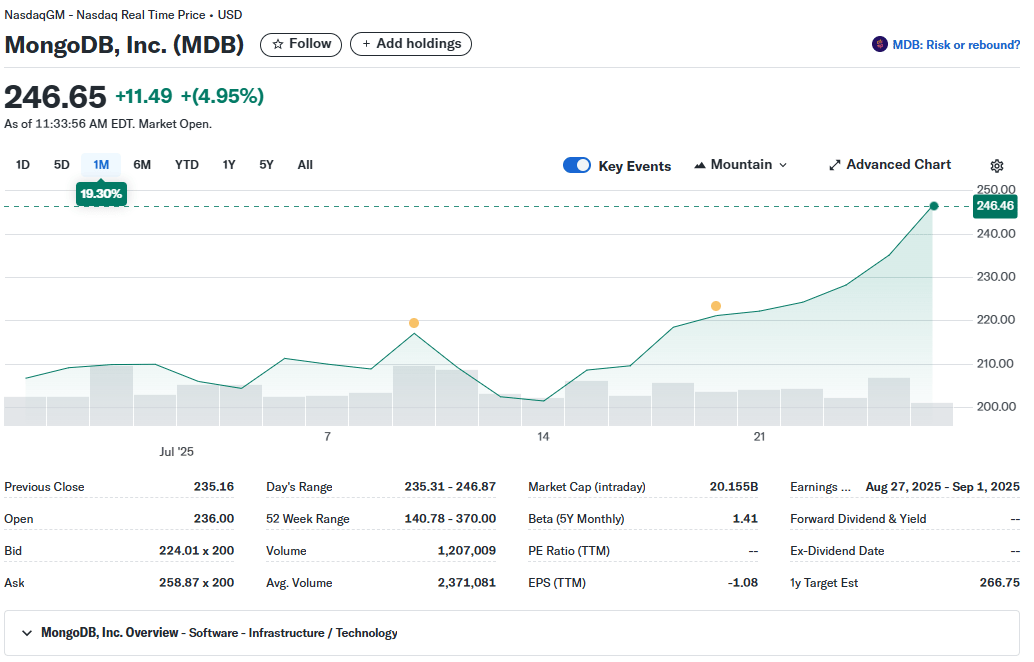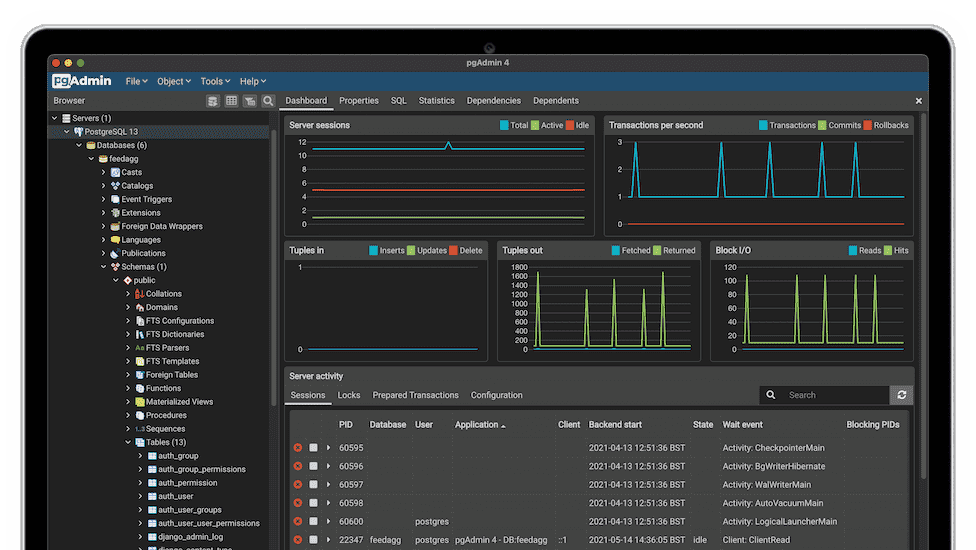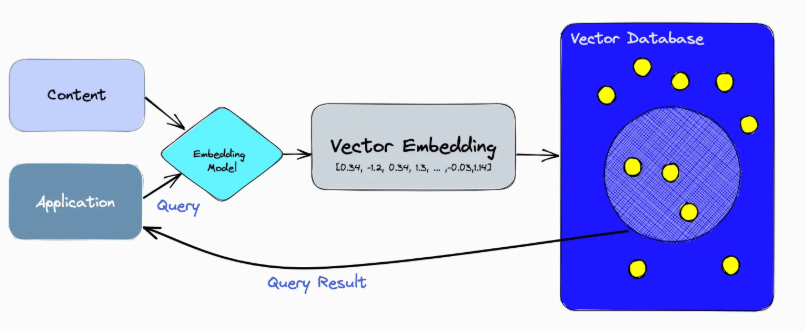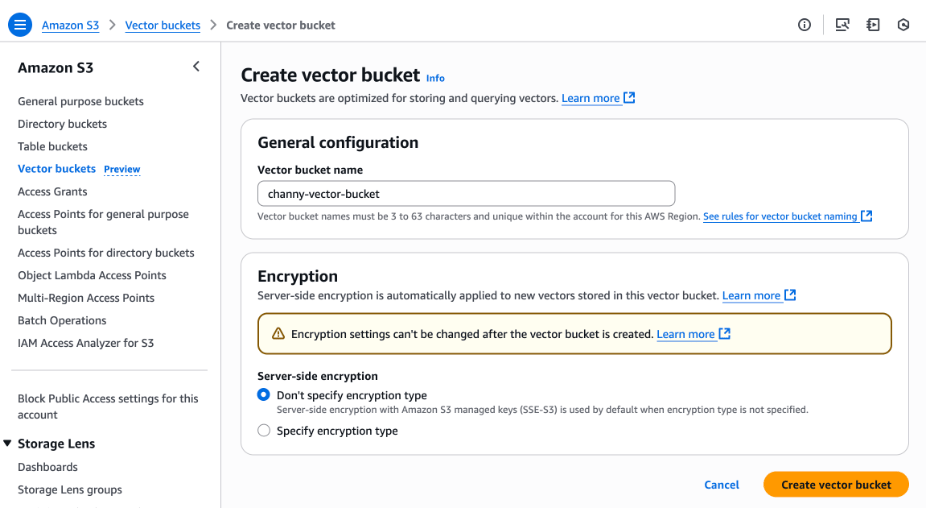- Cloud Database Insider
- Posts
- MongoDB trading surges 234% on analyst upgrades 📈|PostgreSQL dominates cloud databases🚀|Vector databases face decline🤖|AWS launches Vector Buckets for faster AI data storage ⚡️🌥️
MongoDB trading surges 234% on analyst upgrades 📈|PostgreSQL dominates cloud databases🚀|Vector databases face decline🤖|AWS launches Vector Buckets for faster AI data storage ⚡️🌥️
Are Vector Databases as we know them in trouble with the intro of Vector Buckets?

What’s in today’s newsletter:
MongoDB trading surges 234% on analyst upgrades 📈
PostgreSQL dominates cloud databases with open-source benefits 🚀
Vector databases face decline amid evolving AI data solutions 🤖
AWS launches Vector Buckets for faster AI data storage ⚡️🌥️
Also, check out the the weekly Deep Dive - AWS Vector Buckets Deep Dive (This is some real news to me), and Everything Else in Cloud Databases.
Find out why 1M+ professionals read Superhuman AI daily.
AI won't take over the world. People who know how to use AI will.
Here's how to stay ahead with AI:
Sign up for Superhuman AI. The AI newsletter read by 1M+ pros.
Master AI tools, tutorials, and news in just 3 minutes a day.
Become 10X more productive using AI.
NOSQL

Source: Yahoo Finance
TL;DR: MongoDB's trading volume soared 234% to 484 million shares, driven by analyst upgrades, positive earnings, and growth, signaling strong market confidence and increased investment interest in tech stocks overall.
MongoDB experienced a 234% surge in trading volume, with approximately 484 million shares exchanged recently.
Analyst upgrades boosted investor confidence, driven by positive earnings forecasts and a growing customer base.
The trading spike reflects strong market sentiment and MongoDB's solid financial health and future growth potential.
This surge signals increased investor interest in tech stocks, highlighting market volatility and sector attractiveness.
Why this matters: MongoDB's massive trading volume surge highlights renewed investor confidence fueled by positive earnings and growth prospects. It signals a robust tech sector and potential market shifts, influencing investment strategies amid sector volatility while showcasing how strong fundamentals can rapidly boost market sentiment.
RELATIONAL DATABASE

TL;DR: Gartner reports PostgreSQL leads hyperscaler cloud providers with 27% market share due to its open-source features, flexibility, and cost advantages, signaling a shift from proprietary databases to more adaptable, innovative solutions.
Gartner reports PostgreSQL leads hyperscaler cloud providers with over 27% market share rapidly gained.
PostgreSQL’s open-source nature and features like JSON support and advanced analytics drive adoption.
Commercial databases face challenges competing with PostgreSQL in cost, flexibility, and open-source advantages.
The PostgreSQL trend signals a shift towards open-source tech, boosting innovation and enterprise adaptability.
Why this matters: PostgreSQL's dominant market share among hyperscalers highlights a major shift toward open-source databases, driven by cost-effectiveness and flexibility. This challenges commercial vendors, accelerates innovation, and reshapes enterprise data strategies in the cloud era, signaling a lasting impact on how businesses manage and leverage data.
VECTOR DATABASE

TL;DR: Vector databases face doubts in RAG workflows due to efficiency and scalability issues, prompting a shift toward established databases with advanced search, encouraging innovation and adaptability in AI data management.
Vector databases face skepticism about their efficiency and scalability in retrieval-augmented generation (RAG) systems.
Emerging methods use established databases with advanced search algorithms, challenging vector databases' dominance.
The potential decline of vector databases could shift organizations toward more versatile and adaptable data solutions.
This shift may drive innovation in AI and data management, emphasizing flexibility to meet evolving user needs.
Why this matters: The skepticism toward vector databases signals a pivotal shift in AI data management. Organizations may adopt more scalable, versatile alternatives, driving innovation and reshaping how retrieval-augmented systems function, ultimately enhancing flexibility and efficiency to meet growing and changing data demands.
AWS

TL;DR: AWS introduced Vector Buckets for S3 to optimize storage and querying of vector data, boosting AI-driven applications’ performance and reinforcing its cloud leadership in data-intensive workloads.
AWS launched Vector Buckets for S3 to optimize storage and retrieval of vector data for AI and machine learning.
Vector Buckets enhance management, querying speed, and indexing of large vector datasets, improving performance and reducing latency.
This feature supports advanced AI-driven applications and strengthens AWS's position in cloud solutions for data-intensive workloads.
Vector Buckets could transform enterprise data strategies by enabling faster, more accurate AI insights and predictions.
Why this matters: AWS's Vector Buckets address critical challenges in storing and accessing complex vector data, accelerating AI and machine learning workflows. This innovation not only boosts performance and reduces latency but also empowers enterprises to unlock deeper insights, reinforcing AWS’s leadership in cloud solutions for data-intensive industries.

EVERYTHING ELSE IN CLOUD DATABASES
Top Big Data technologies to watch in late 2025
TigerData merges Postgres with Lakehouse for real-time insights
Data mesh market to surge by 2033
Data readiness: key to agentic AI success
Unlock efficient data chunking with Pinecone & GPT-4

DEEP DIVE
Vector Buckets for S3
This news is so fresh, I literally heard about this new technology, 25 minutes before I started to write this. I had the next 8 or so Deep Dives plotted out in my head, and now I hear about this.
This is quite stunning news because this could potentially shatter the Vector Database market when you can store massive amounts of vector datasets for cheap. We all like cheap, right?
I wonder what this holds for the well known Vector Database platforms and extensions like Pinecone, Weaviate, Qdrant, pgvector, Chroma, Elasticsearch, among others.
So what are Vector Buckets? Simply put, Vector Buckets from my quick research, are infrequently accessed vectors used in large language model (LLM)-based AI applications, particularly for retrieval-augmented generation (RAG).
Vector buckets provide a cost-effective alternative to Amazon’s OpenSearch Service, which is more expensive due to its reliance on compute and storage resources.
By storing vectors in S3, users can save up to 90% compared to traditional vector databases that require constant compute resources.
S3 vector buckets use dedicated APIs for managing vector data and support up to 10,000 vector indexes per bucket, each capable of holding tens of millions of vectors.
This enables scalable, cost-optimized storage for AI workloads like semantic search, RAG, and recommendation systems, while maintaining sub-second query performance.
And of course, I have to dig a bit deeper. What is a deep dive without a blog post about Vector Buckets for S3.
Gladstone Benjamin

